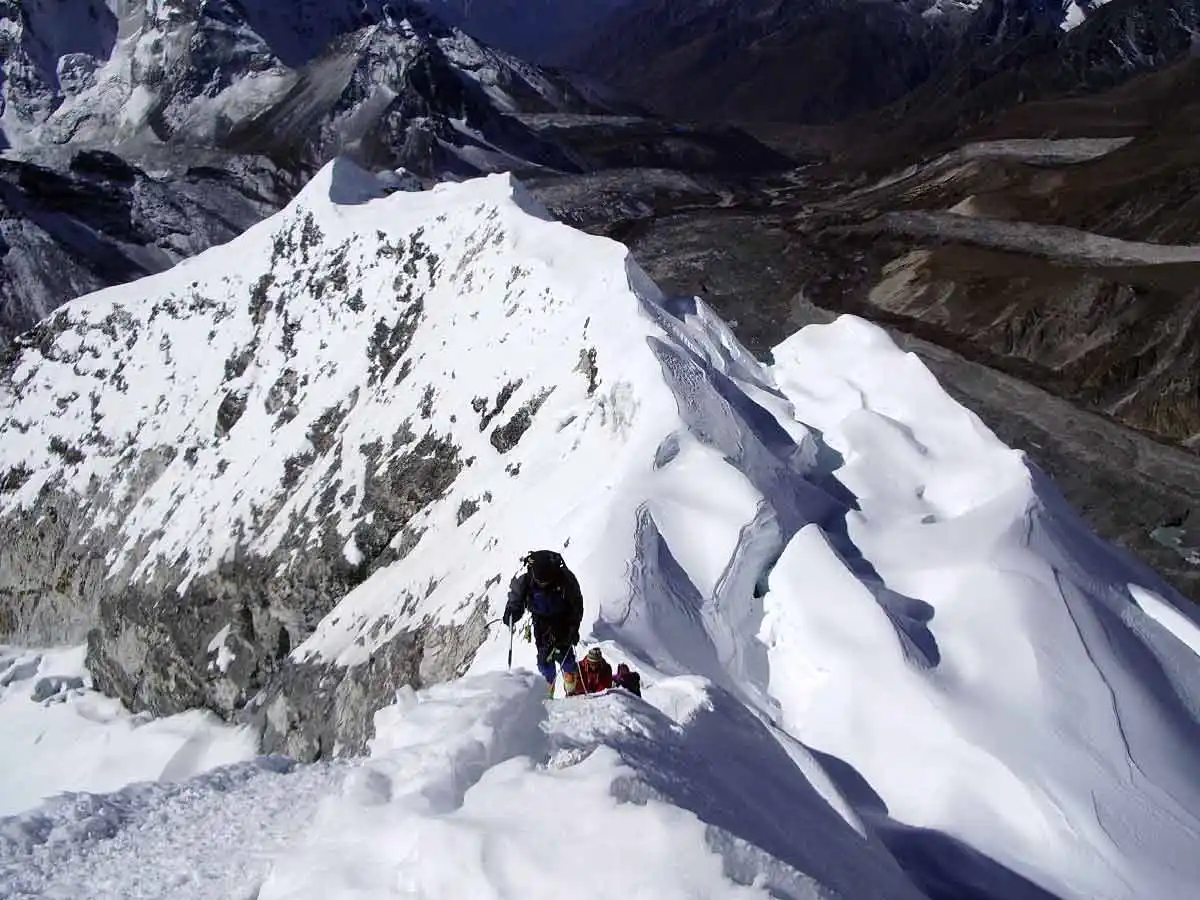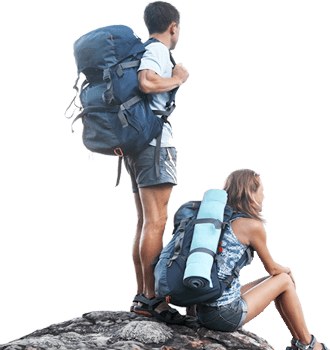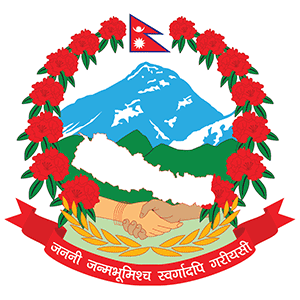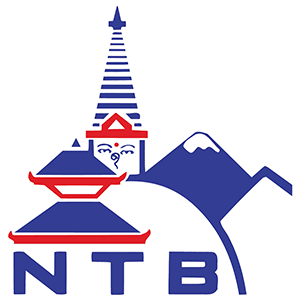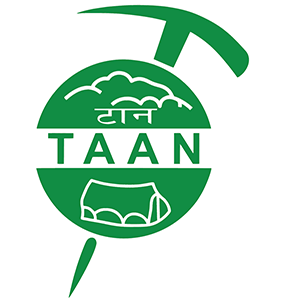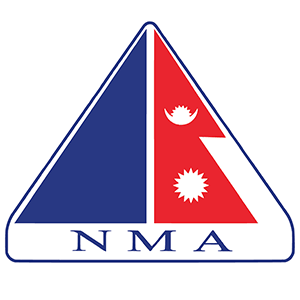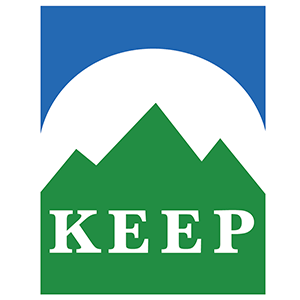Island Peak, which is also referred to as Imja Tse, is a towering peak that can be found in the eastern Himalayas of Nepal. Its elevation is an astounding 6,189 meters above sea level. The mountain, which the illustrious Eric Shipton expedition gave the name "Island Peak" in 1951, has captivated mountaineers and adventurers. It was officially renamed "Imja Tse" in 1983, which came as a nod to the significance of its location and the geography of the area. The icy slopes and rugged beauty of Imja Tse will enchant you as you climb it, providing you with opportunities as well as challenges. During the course of the journey, you will traverse a landscape that is steeped in history and adventure, and each foothold will bring you closer to the highest point of accomplishment.
A British team successfully climbed Imja Tse, also known as Island Peak, in 1953, which was a significant turning point in the history of mountaineering. A semicircle of cliffs that rise to the summits of Nuptse, Lhotse, Middle Peak, and Lhotse Shar surround the mountain known as Imja Tse, which is located in the Himalayan landscape. The peak, which is located along the southern ridge of Lhotse Shar, is a climb that is notoriously difficult but ultimately rewarding. In the process of climbing Imja Tse, you will have the opportunity to experience the human capacity for endurance as well as the unrelenting pursuit of adventure, all while taking in the breathtaking Himalayan panorama.
You will be trekking on foot for the majority of the journey to Island Peak, which is an extraordinary adventure that takes you through difficult terrain. Trekking on foot engulfs you in the Himalayan landscape as you make your way from base camp to high camp at the end of the journey. As you make your way beyond the high camp, you will come across rocky sections that require a moderate level of scrambling ability. While climbing Island Peak, one can get a glimpse of the splendor of the peaks that are located in the surrounding area. After that, the expedition will transition into a glacier trek, during which you will traverse crevasses and seracs, demonstrating the difficulties and rewards that come with high-altitude mountaineering. As you make your way up a steep snow and ice slope, the ascent becomes more difficult, and the placement of each foothold and ice axe becomes increasingly important to your advancement. When you finally make it to the top of the mountain, it is a moment of triumph, a culmination of your perseverance and the breathtaking beauty of the Himalayas.
The island peak climbing experience is a thrilling adventure that combines the activities of trekking and peak climbing in the Himalayas. Climbers face moderate scrambling challenges, which require them to traverse rocky terrain with determination and precision. The ascent through the gully is the ultimate highlight of the adventure. It is an exhilarating and unforgettable experience that puts one's mettle to the test and rewards perseverance. The awe-inspiring view of towering peaks and winding valleys that can be seen from the peak of Island Peak is sure to leave a lasting impression on visitors and leave them with unforgettable memories. The journey is a testament to the spirit of adventure and the indomitable human spirit, and it serves as an ideal gateway to experiences that are unforgettable and beauty that is unmatched in the heart of the Himalayas. Come with us on this extraordinary journey, where each step is a demonstration of the spirit of adventure and the indomitable spirit of the human race.

